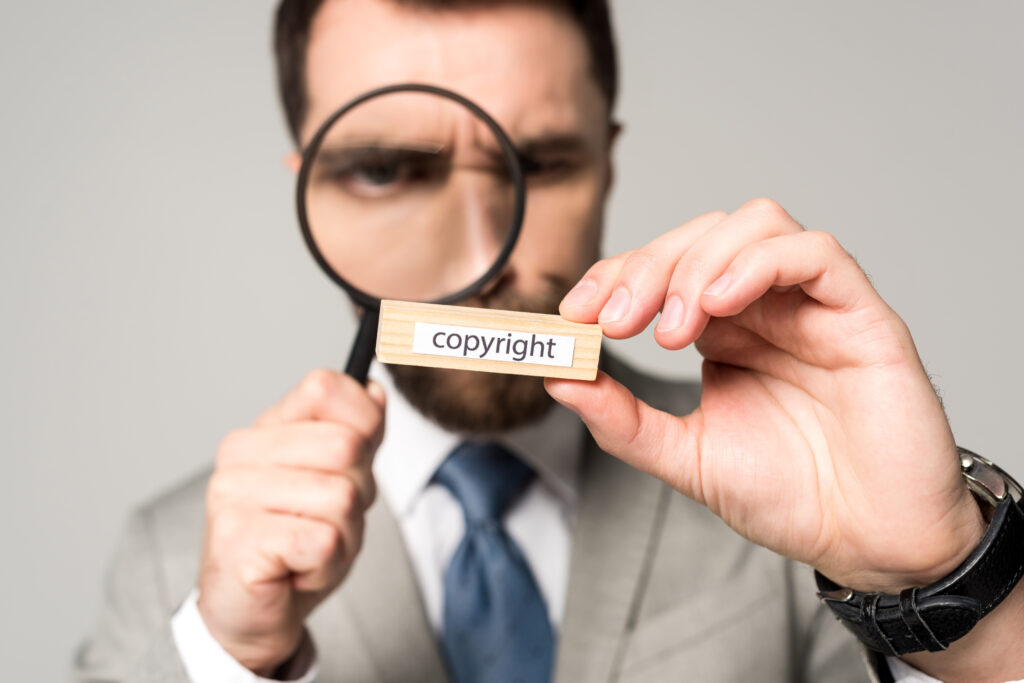The Importance of Captions and Subtitles in Content Creation: When and How to Use Them
In today’s global and diverse digital landscape, captions and subtitles are becoming essential tools for content creators. They don’t just cater to accessibility but also enhance engagement, reach a wider audience, and improve the overall viewer experience. For content creators on platforms like YouTube, TikTok, Instagram, and Facebook, captions and subtitles can be a game-changer.
Let’s explore why captions and subtitles are so important, when and how to use them, and which formats and channels they are most effective for.
Why Captions and Subtitles Matter
1. Accessibility for the Hearing Impaired
According to the World Health Organization, over 466 million people worldwide have disabling hearing loss. Captions ensure that this audience can engage with your content without missing any part of the message. For creators who are serious about inclusivity, this is a key step.
2. Silent Video Consumption
More than 85% of Facebook videos are watched without sound, and similar trends can be observed across social media platforms. Captions allow viewers to engage with your video without turning up the volume, particularly when they’re in environments where sound isn’t practical.
3. Global Audience Reach
Subtitles, especially translated ones, allow content to cross language barriers. If you want your content to reach non-native speakers or international audiences, subtitles can greatly enhance accessibility.
4. Improved SEO and Searchability
Platforms like YouTube and Instagram can use the text within captions and subtitles to index videos, improving discoverability through keyword searches. Adding subtitles or captions may help your video rank higher and gain more visibility.
5. Enhanced Engagement
Captions can boost engagement by providing clarity and reinforcing key points in the content. They also ensure that the audience catches every word, even if the speaker has an accent, speaks quickly, or uses complex terminology.
When to Use Captions and Subtitles
1. Short Social Media Videos (Reels, TikToks, and Stories)
For quick, snappy videos that often auto-play without sound, captions are vital. They allow users to immediately understand what the video is about without having to adjust their sound settings.
• Use Captions: For dynamic, eye-catching content that’s meant to be consumed quickly.
• Best Platforms: TikTok, Instagram Reels, Facebook Stories, YouTube Shorts.
2. Tutorials and Educational Content
Subtitles or captions are essential in tutorials, online courses, or educational videos. They ensure viewers can follow along, even if they miss what’s being said due to audio issues or distractions.
• Use Captions: To make sure complex information is easily understood.
• Best Platforms: YouTube, Vimeo, LinkedIn.
3. Documentaries and Interviews
For more serious and dialogue-heavy content like interviews or documentaries, both captions and subtitles help audiences follow conversations. They’re especially useful when featuring multilingual speakers or heavy accents.
• Use Subtitles: To offer translations or clarify speech.
• Best Platforms: YouTube, Vimeo, Netflix (for creators pitching films).
4. Entertainment Content (Music Videos, Films, TV Shows)
Subtitles in multiple languages help increase your reach globally, making your content accessible to international audiences. Even in the same language, captions can make your content more enjoyable for viewers watching in noisy or quiet environments.
• Use Subtitles: For translation and accessibility.
• Best Platforms: YouTube, Vimeo, Netflix.
5. Marketing and Ad Campaigns
Brands use subtitles and captions to increase video views, engagement, and retention. Many viewers may not be able to turn on sound while watching an ad, making captions crucial for understanding the message.
• Use Captions: To boost ad engagement and ensure the message is clear.
• Best Platforms: Instagram, Facebook, Twitter.
How to Add Captions and Subtitles
1. Manual Subtitling
Manually creating captions ensures maximum accuracy, as you have full control over the timing and content. Most editing software and platforms allow you to manually add captions:
• Tools: Adobe Premiere Pro, Final Cut Pro, iMovie, and DaVinci Resolve allow you to add captions directly.
• Platforms: YouTube provides a “Subtitles” section where you can manually type and sync captions to your video.
2. Auto-Generated Captions
Many platforms offer auto-generated captions, which can save time. However, these often need editing to correct errors in timing, punctuation, or word recognition.
• Platforms: YouTube, Facebook, and Instagram offer automatic captioning, though it’s important to review for accuracy.
3. Captioning Software
There are various software tools specifically designed to generate captions and subtitles, often with translation services built in. These are especially useful if you’re creating content in multiple languages.
• Tools: Rev.com, Kapwing, Subly, Amara.
4. Using SRT Files
SRT (SubRip Subtitle) files are a common format for subtitles that contain the text and time codes. Many video platforms support the upload of SRT files for adding captions and subtitles.
• How it works: You can create an SRT file using a text editor or software like Aegisub. Once the file is uploaded to platforms like YouTube or Facebook, it will sync with the video.
• Best for: Long-form content like documentaries, educational videos, or films.
Best Formats for Captions and Subtitles
Format Description When to Use Supported Platforms
SRT (.srt) Text-based subtitle file that syncs with time codes Ideal for multi-language subtitles or importing captions YouTube, Facebook, Vimeo
VTT (.vtt) Similar to SRT but with added styling options like colors For stylized captions YouTube, Vimeo, HTML5 players
SSA/ASS (.ssa/.ass) Advanced SubStation Alpha format with extensive styling For anime or complex stylized content VLC, Aegisub
Burned-in Captions Captions that are hardcoded onto the video itself Ideal for content where captions must always be visible Any platform (TikTok, Instagram, etc.)
When to Use Voice, Music, or Background B-Roll
Understanding when to use voiceovers, background music, or B-roll can make a huge difference in the final impact of your video.
1. Voice
• Use for: Tutorials, educational content, explainer videos, interviews.
• Best practice: Always ensure the voice is clear, well-paced, and matches the visuals.
2. Music
• Use for: Emotional storytelling, vlogs, documentaries.
• Best practice: Choose royalty-free music that matches the tone of your video. Avoid overpowering the voice track.
3. B-Roll
• Use for: Covering up cuts in interviews, adding context to a voiceover, breaking up longer talking segments.
• Best practice: Use b-roll to keep the audience engaged visually while delivering key audio information.
The Impact of Sound in Classic Films
A great example of the impact sound can have is in Alfred Hitchcock’s “Psycho” (1960), where the suspenseful soundtrack makes the infamous shower scene even more terrifying. Without the sharp, high-pitched violins, the scene wouldn’t have had the same chilling effect. Similarly, in Steven Spielberg’s “Jaws” (1975), the simple two-note theme builds tension and fear before the shark even appears on screen.
For content creators, the choice of sound can make or break the viewer’s emotional response. Background scores or even silence at critical moments can enhance the storytelling, making your content more memorable and engaging.
Conclusion
Captions and subtitles are powerful tools in content creation, providing accessibility, boosting engagement, and expanding your audience reach. Whether you’re a beginner or a seasoned content creator, adding captions should become a part of your workflow. Not only do they make your content more inclusive, but they also cater to the growing number of viewers who consume content in silent environments.
By mastering the use of captions, subtitles, and sound in your videos, you can elevate your content and ensure it resonates with diverse and global audiences.
For SMACC members, leveraging the power of captions and sound design will not only enhance your content but will also increase your reach and engagement.


